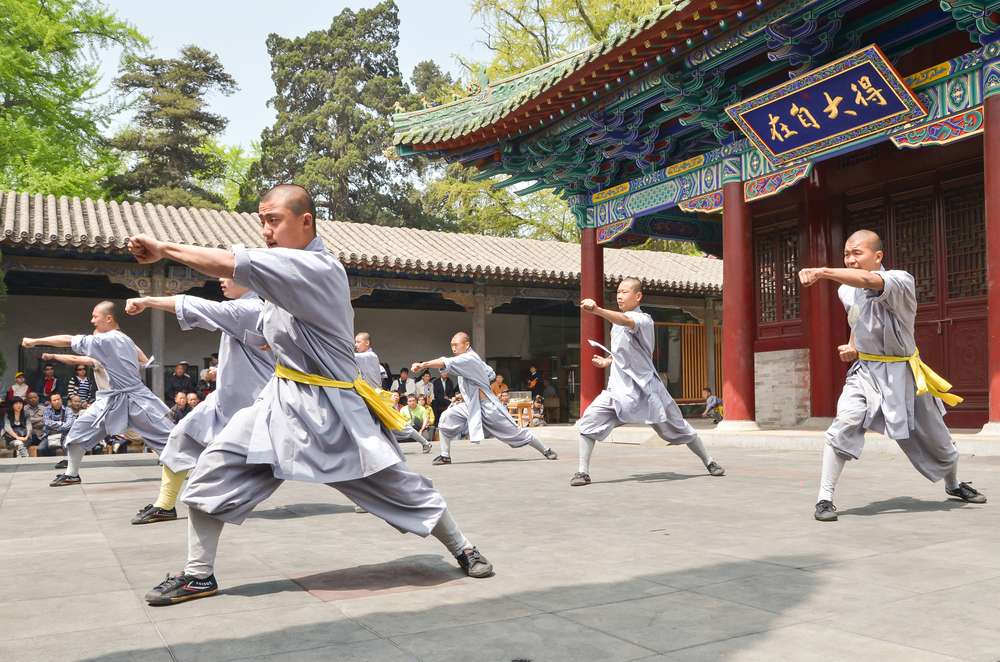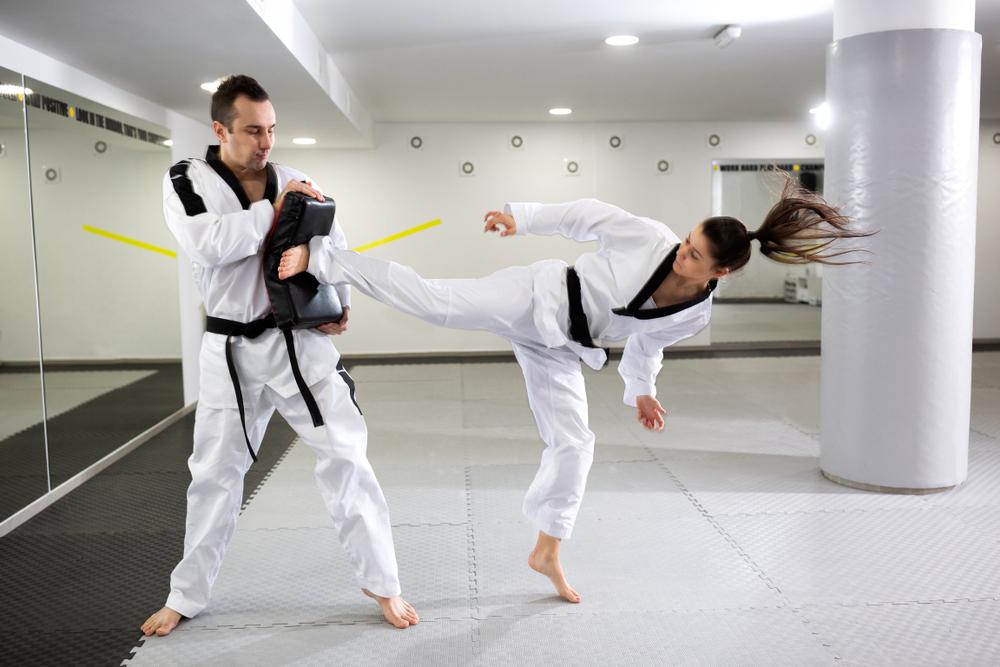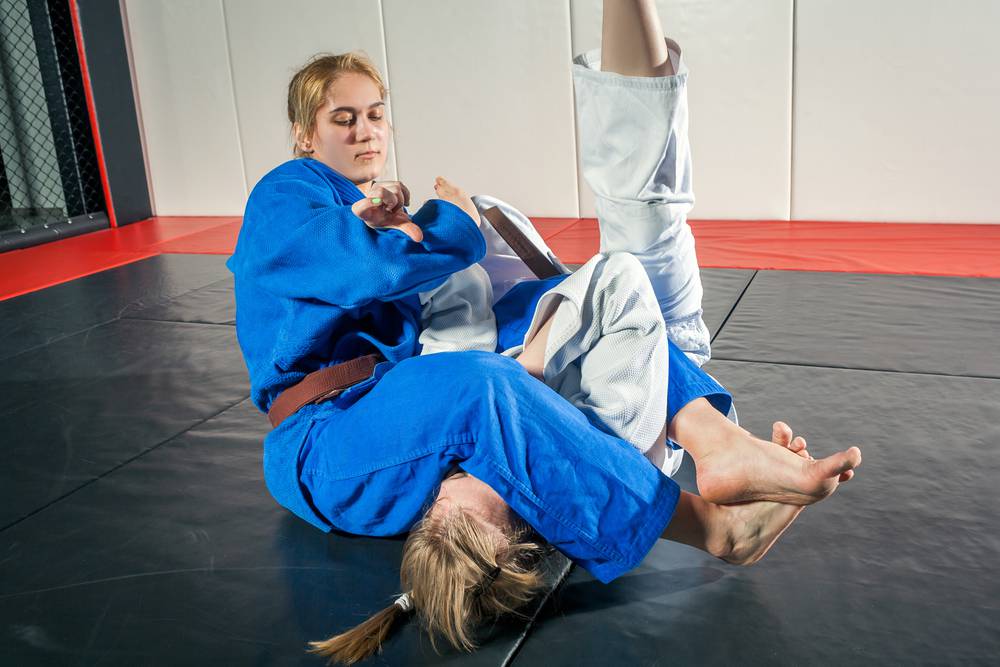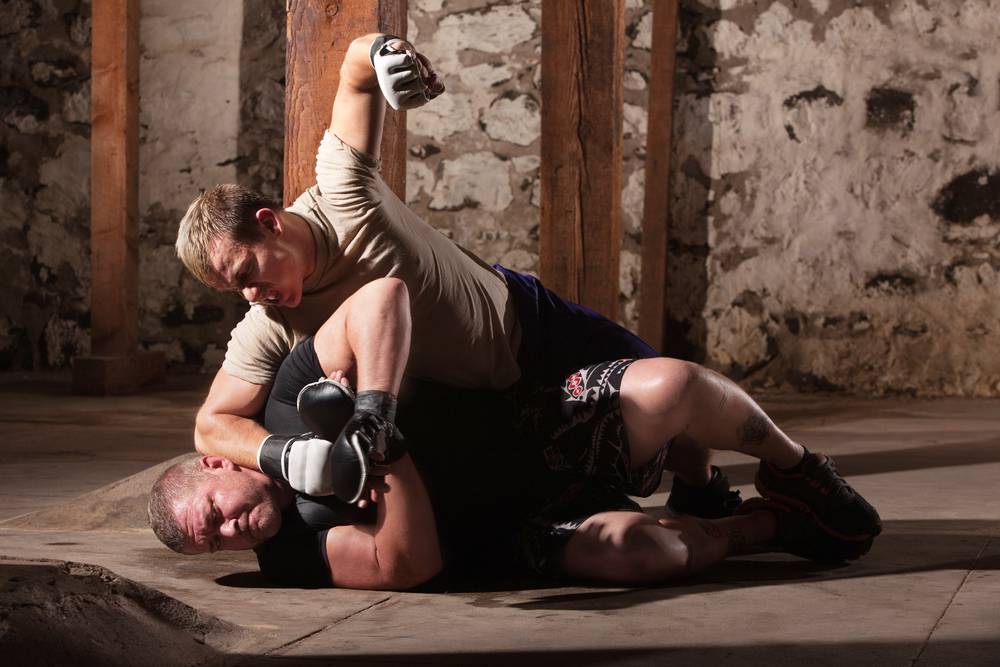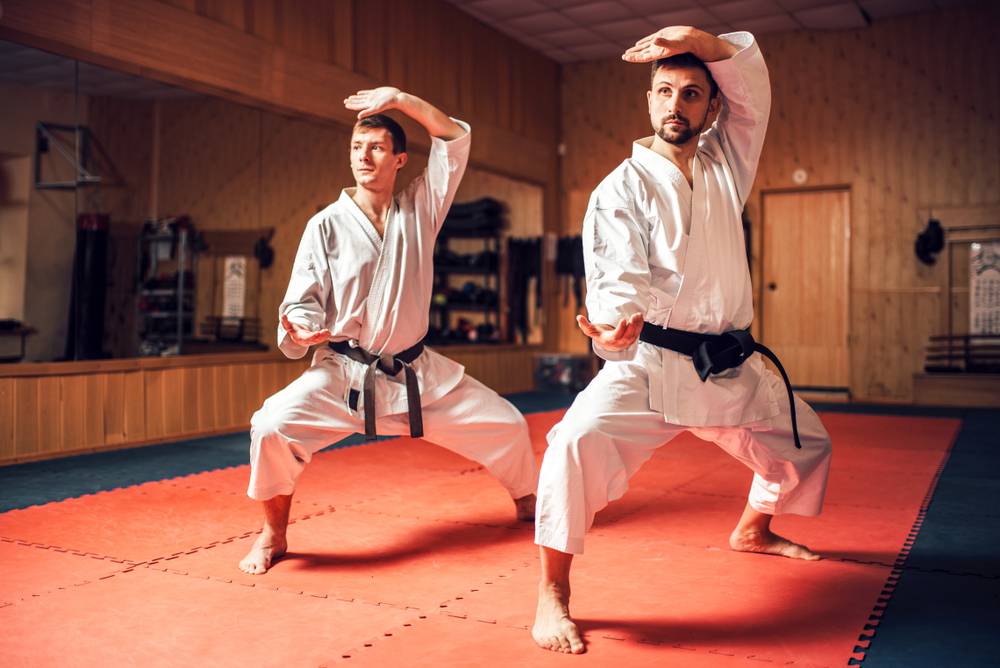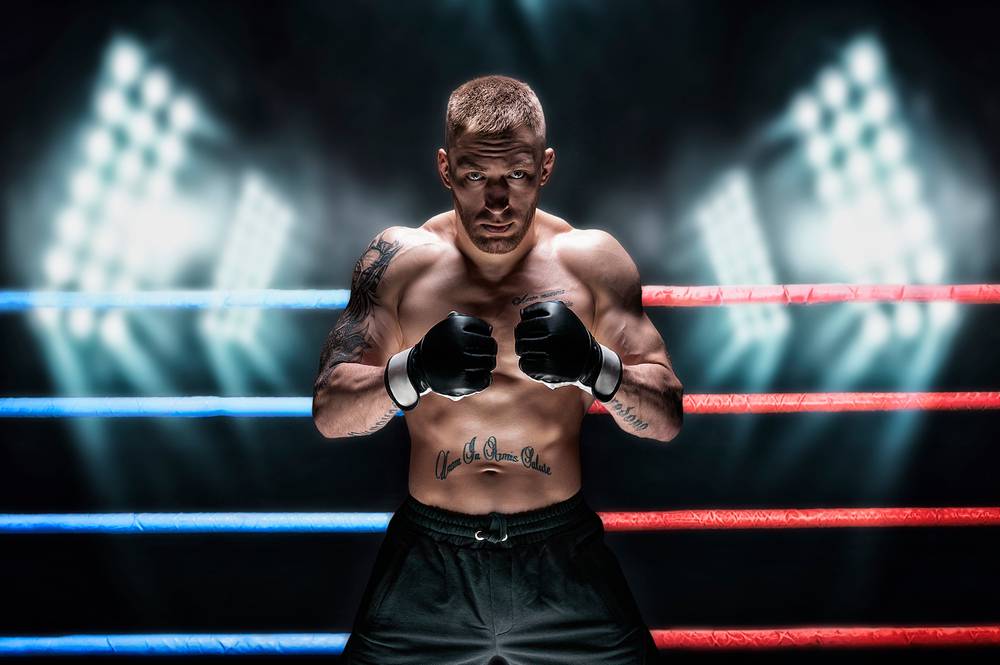Considering the flashy and ceremonial nature of several Chinese martial arts styles, it is reasonable to generally contest the effectiveness of Chinese martial arts in real-life application. So, are Chinese martial arts effective?
Depending on the martial art style, Chinese martial arts can be a very effective tool for street fights and self-defense purposes. Some styles are however good for flashy stunts, parley ticks, and mental and spiritual health.
I must admit that there are some Chinese martial art styles such as Tai Chi that are so ineffective, especially for self-defense purposes.
This is clearly because not all martial arts are focused on the fighting aspect of the art but the health and spiritual benefits.
However, it would be wrong to undermine the effectiveness of various martial arts produced in a martial art country like China.
Do not forget that the genesis of Chinese martial arts was founded on the need for self-defense, hunting techniques, and military training.
Quite a good number of Chinese martial arts remain very effective in a real-world applications.
Some of such styles include Shaolin Kung Fu, Wing Chun, Sanda (Sanshou Kickboxing), Shaui Jiao Wrestling, and Lung Ying.
So, when trying to determine the effectiveness of a country’s martial art styles, it is best to analyze each style and not try to generalize.
Some styles are just more impactful (for self-defense and street fighting) than others.
Now, let’s examine some of the most effective Chinese martial arts out there.
Effective Chinese Martial Arts
Although China has some popular martial arts, not all are effective for real-life situations.
Here are some effective Chinese martial arts to consider.
Lung Ying (Southern Dragon Kung Fu)
Dragon style is an extremely effective martial art and practical fighting system that incorporates various kicks, sweeps, strikes, locks, and takedowns.
In its strong ‘external’ movements, there is a softer, ‘internal’ force that enables sensitivity, explosive power, and agility.
Dragon style embodies the essence of a Chinese dragon, so you are like a wind when you attack. when you defend you are like the cloud. when you stop you are like iron. when you retreat you are like a cat. when you advance you are like a tiger.
Dragon-style strikes are rapid and continuous; controlling the opponent from the moment he advances to attack.
Training the shoulders, wrists, waist, and other joint areas helps to maintain a ‘dragon-like’ shape.
As a practitioner waits for the attack, sticks onto the attack, deflects the attack, and pursues the opponent with an attack, movements are fast and flowing with every strike hitting its intended target.
A practitioner has an endless arsenal at his disposal that is adaptable to any situation thanks to their dynamic footwork, powerful strikes, and mental and physical sensitivity.
His mind and intent become one as he learns to focus his Chen (mental power) with techniques.
Practicing the Dragon style also develops the student physically, mentally, emotionally, and ethically, keeping the mind and body young, supple, and strong.
Sanda or (Sanshou kickboxing)
Sanda (formerly Sanshou) also known as Chinese boxing or Chinese kickboxing is a full-contact martial art that is often viewed as a sport version of Kung Fu.
It is a very effective and practical martial art style that involves hand strikes, kicks, elbows, knees, trips, throws, grappling, and wrestling takedowns.
Sanda is so practical because it teaches you only techniques you can apply in actual combat making it a good self-defense option.
The techniques taught in training are simple, practical, and can help you avoid trouble.
Students usually engage in lots of live drills and sparring, which are great ways to prepare for the real-life fighting situation.
Some other Chinese martial arts styles lack this (sparring), making them less effective in real-life combat.
With Sanda, students and practitioners rarely train alone, do Poomsae or Kata, or some other pre-arranged practices since these practices won’t help them much in preparing for matches or self-defense.
Instead, the focus is on training for real combat and sparring spontaneously with the partner.
Shaui Jiao Wrestling
“Shuai” means to “throw on the ground”, while “jiao” means to “wrestle or trip with the legs.”
This is a Chinese fighting style that specializes in countering kicks, and punches, and using defense as the offense.
The basic principles and foundation of this art are based on traditional Chinese wrestling (Chuan Tong Shuai Jiao) which is adapted for combat training.
It is commonly used for short-range fights and throwing down an opponent.
And its focus is on defensive techniques that emphasize how to safely intercept, neutralize, and repel incoming strikes.
These martial art techniques perfectly complement sparring skills and can be easily applied to all fighting styles.
The techniques and principles are simple, effective, and quick.
An opponent does not often have a chance to fight back because of its speed and effectiveness.
This art must be executed skillfully since it does not just rely on muscular strength, but instead emphasizes avoiding direct impact with an enemy’s power.
Shuai Jiao can cause great physical damage to an opponent, and the severity of the damage is dependent on the degree of power used in the technique.
Even moderate use of power can quickly throw down an opponent and disable their fighting ability.
Wing Chun
Wing Chun is a concept-based fighting art form of Southern Chinese kung fu and a close-quarters system of self-defense.
With Wing Chun, you can simultaneously use offensive and defensive techniques to protect and defend yourself in any situation.
To develop agility and balance, students learn kicks, punches, stances, and footwork.
Students learn fighting and combat through experimental learning, developing an understanding of range, guard, and remaining calm under pressure during training.
In terms of real-world self-defense, many people imagine how effective Wing Chun would be in a street fight.
Interestingly, the martial art system and training offer a unique real-world methodology that enhances the students’ ability to protect themselves in dangerous situations.
Shaolin Kung Fu
Shaolin Kung Fu also called Shaolin Wushu, or Shaolin quan is one of the oldest, largest, and most famous styles of wushu, or kung fu of Chan Buddhism.
Shaolin Kung Fu can be effective as it is focused on strikes, punches, throws, and blocks.
Also, practitioners train on the ground, which can be useful in a street fight which usually goes to the ground.
It is essentially a combo of 4 fighting approaches namely;
- Kicking
- Hitting
- Grabbing
- Wrestling
Combining these can be extremely effective as they cover virtually everything a good fighter needs to know.
Although the Shaolin Kung Fu system provides a wide range of effective self-defense skills, techniques can also promote flexibility, balance, endurance, power, strength, and awareness.
Ineffective Chinese Martial Arts
The Internal Styles of Chinese martial arts are generally quite ineffective in a real fight situation.
This is because neijing is usually occupied with the spiritual, mental, or qi-related aspect of martial arts rather than the physical or fighting aspect.
Some of the internal styles include;
- Tai Chi
- Baguazhang
- Xingyiquan e.t.c
So if you are looking to learn a martial art for fighting and self-defense purposes, you should avoid the internal styles of martial art as their end goal are different from the external styles.
What Is the Most Effective Chinese Martial Art?
The Most effective Chinese martial art is Lung Ying. One of the techniques that make it effective involves locking up an opponent in a way that prevents them from defending themselves. Wing Chun and Shaolin Kung Fu are also highly effective.
Lung Yin involves techniques such as punches, elbow strikes, low kicks, forearm trapping, and hammer fists.
Yung Ying adopts a stance similar to wrestling, with slightly bent knees and arched backs, making it difficult for an opponent to effectively execute takedowns and strikes.
The hands are also protectively held in front of the face.
A lot of nimble footwork is used which can be quite useful for making deceptive movements, and when trying to avoid hits from the opponent.
The art also involves knee strikes, which are highly lethal by themselves.
In fact, a well-executed knee strike can overpower most opponents since it is both excruciating and disorienting.
Can Chinese Martial Arts Beat MMA?
Generally, a Chinese martial artist will find it hard to defeat a mixed martial artist. This is because mixed martial artists are strictly trained to fight and would naturally excel in any real combat situation.
You must however understand that most kung fu training style is completely different from that of an MMA fighter.
While MMA fighters train for unarmed combat, most Chinese martial artists have a sword and other weapons as part of their training.
This is why there are some beliefs that Chinese martial artists have a chance against an MMA fighter when it comes to weapon combat.
It would be unfair to expect a kung fu practitioner to be a better fighter since they have other responsibilities other than training for fights.
Their training is often religious and focuses on particular ideologies.
Most monks even claim that their techniques are too deadly for competition, and most of them even believe that ground fighting should not be developed at all because “it promotes bad habits.”
Both fights have their own rules and regulation.
Imagine a monk with amazing fighting skills but no idea of MMA rules and regulations deciding to fight an MMA fighter in an octagon.
Will the monk do MMA gloves, and gears and follow the MMA rules?
The Shaolin monk must have a hard time beating any legitimate MMA fighter in this case.
For a Shaolin monk to win, many of the States Athletic Commission’s rules and regulations, including grappling and striking will likely have to be altered or abandoned.
Who wins would also depend on the type of fight.
There is a greater chance for a Shaolin monk to win if the fight is taking place standing up.
This is because a monk has better agility than an MMA fighter and he can escape the moves of an MMA fighter.
However, if the fight is taking place on the ground, such as a wrestling, or grapple match then there is less chance a Shaolin monk will win.
The bottom line is that mixed martial artists are drilled and conditioned to fight.
Chinese martial artists, on the other hand, have more going on for them such as health and spirituality, reducing their focus on just fights.
So, all things being equal, a mixed martial artist is likely to win a kung fu practitioner.
See: Are Martial Arts Useful in a Street Fight?
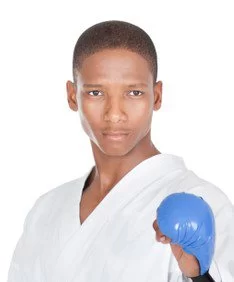
Hi, my name is Godwin. I am a passionate martial artist with black belts in Taekwondo and Karate. I have over 15 years of martial art experience. I created this platform to enable me to help you learn martial art the right way.
